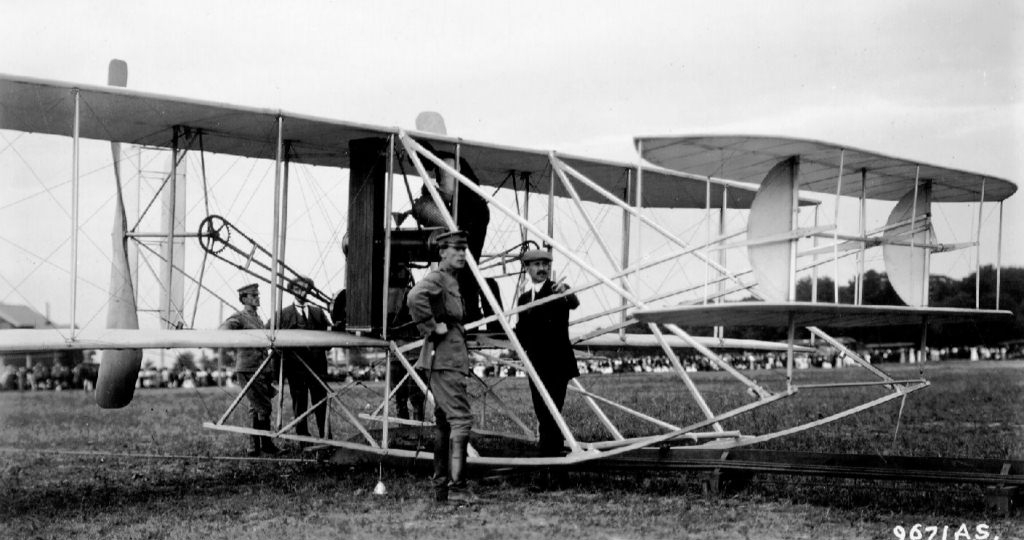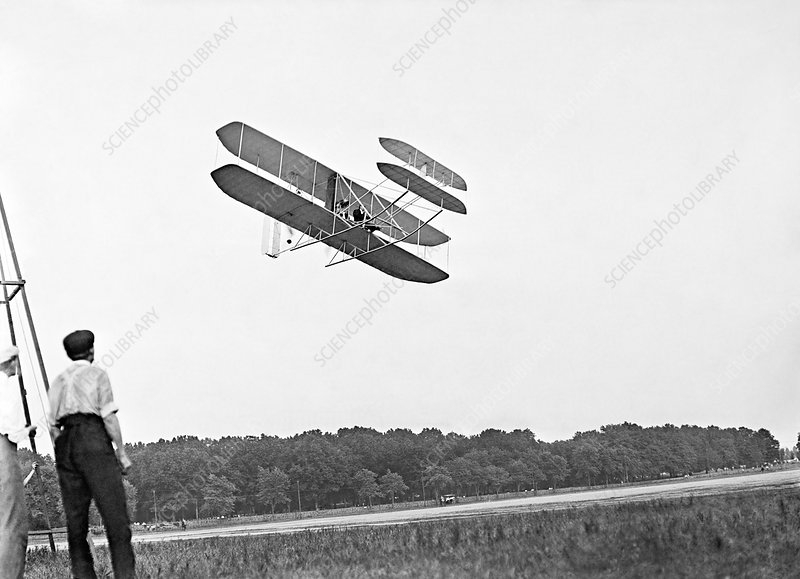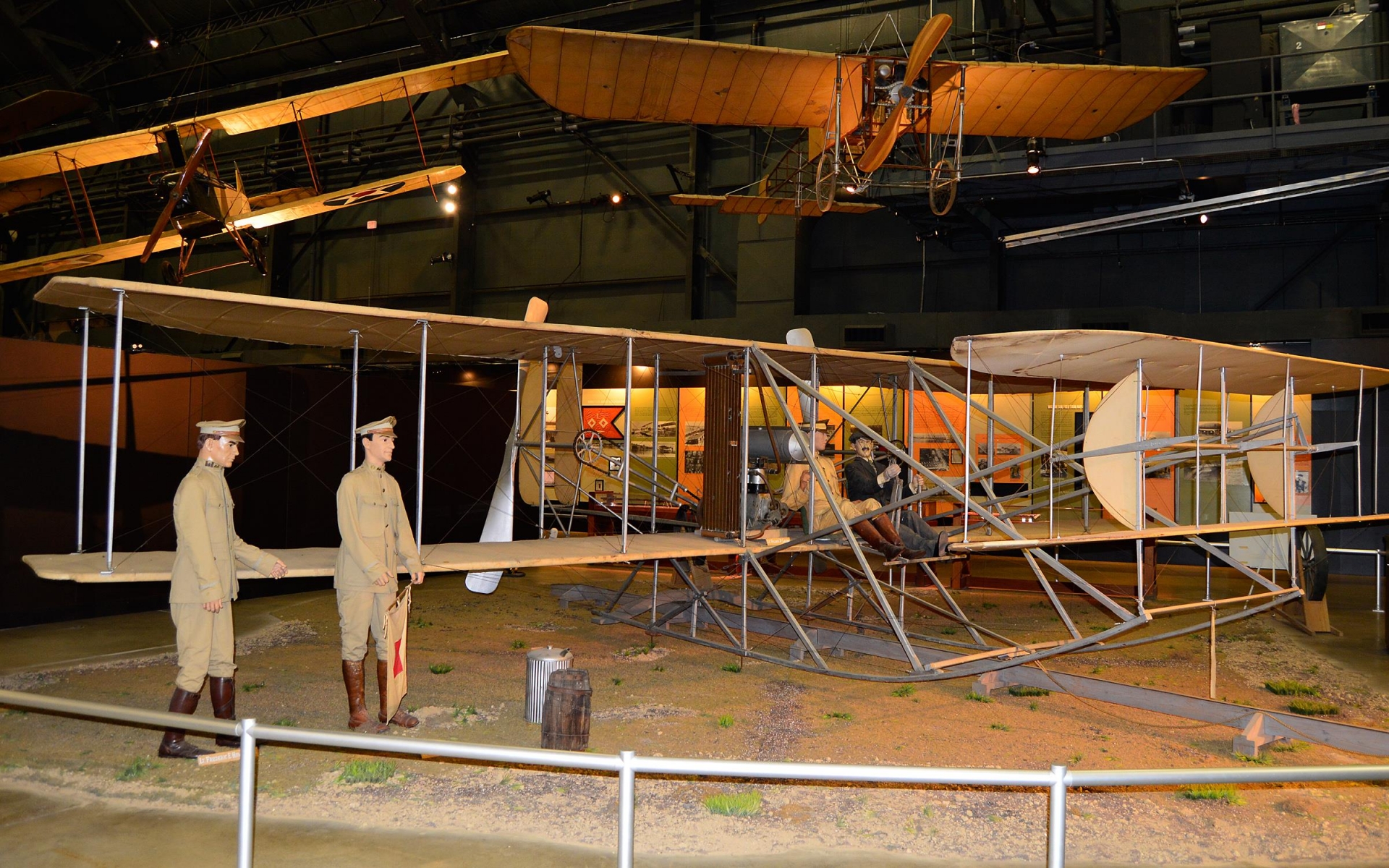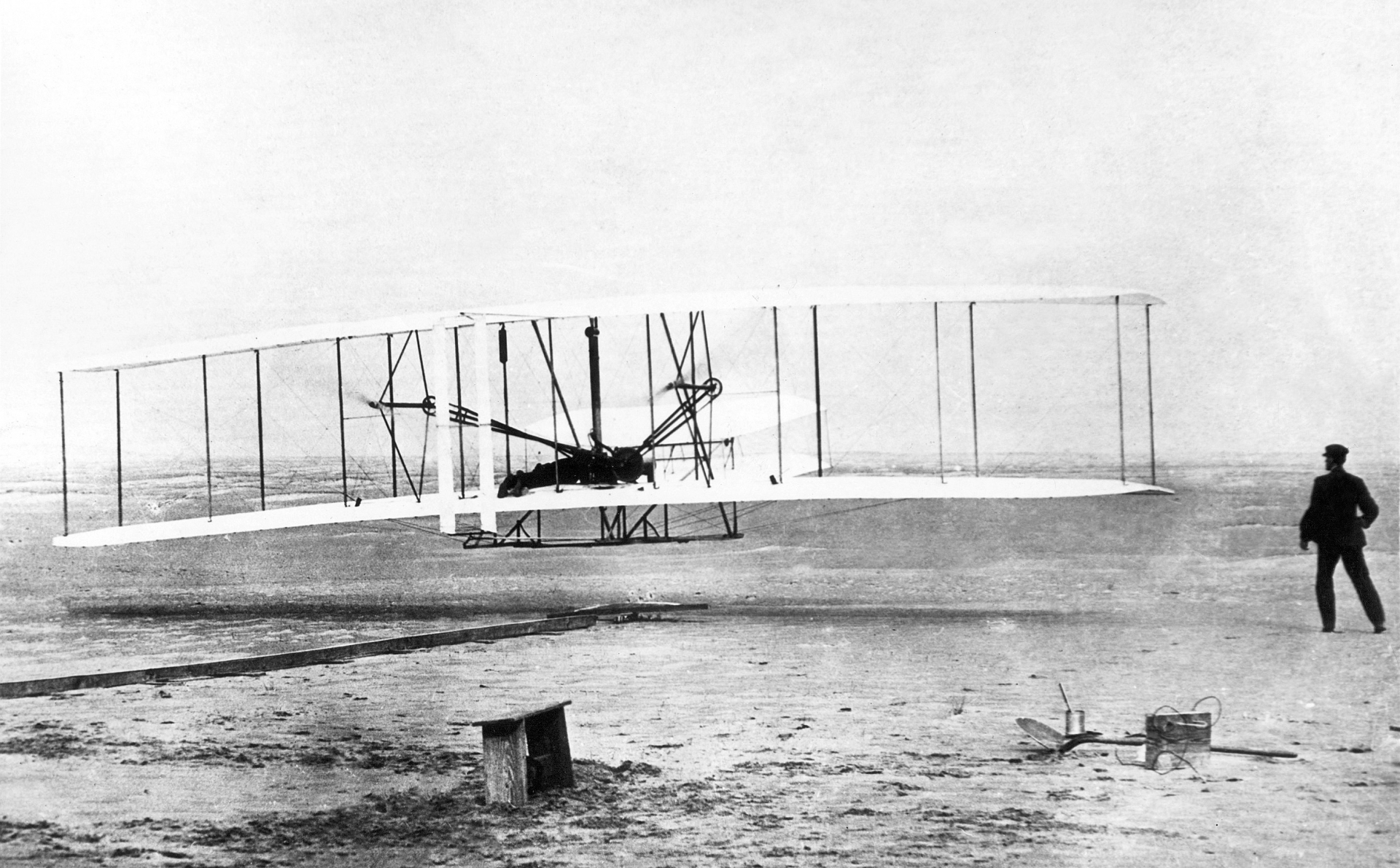What Is The First Military Airplane In The World?
 |
| Photo Wright Brothers |
In 1908, the U.S. Army Signal Corps sought competitive bids for a two-seat observation aircraft. Winning designs had to meet a number specified performance standards. Flight trials with the Wrights' entry began at Fort Myer, Virginia, on September 3, 1908.
After several days of successful flights, tragedy occurred on September 17, when Orville Wright crashed with Lt. Thomas E. Selfridge, the Army's observer, as his passenger. Orville survived with severe injuries, but Selfridge was killed, becoming the first fatality in a powered airplane.
When was Wright Military Flyer made?
The Wright brothers developed their first successful powered airplane in 1903, and it didn’t take long for the U.S. military to know it wanted in on the action. A few years later, that became reality. Here’s the story of the military’s first airplane.
| Trial and Fatal Error Leading up to that, though, they needed to make sure the plane worked. In August 1908, Orville Wright brought an aircraft to the parade grounds at Fort Myer, Virginia, near Arlington National Cemetery, for flight trials. Six men in early 1900s garb stand in a field beside the earliest model of a military airplane. Several people work to put a man on a stretcher in a field with a crashed airplane on its side in the background. A soldier on a horse is in the foreground. But there were some failures with that plane, which led to the death of one of the Aeronautical Division’s first lieutenants, Thomas Selfridge. He became the first powered airplane casualty. After that, the Wrights took their plane back home to North Carolina and returned to Fort Myer in June 1909 with a new and improved version: the Wright Military Flyer. |
What did Wright Military Flyer take off for the first time?
 |
| Photo Science Photo |
By 1907, the Army Signal Corps was preparing itself for flight — although it wasn’t yet sure by what means. It created an Aeronautical Division that consisted of three first lieutenants willing to work in the budding field of aviation.
Two years later, on Aug. 2, 1909 — 110 years ago — the military began its grand aviation adventure when the Wright brothers delivered their first plane to the Signal Corps. The Army paid $30,000 for the aircraft, a Wright A Flyer. It was given the name Signal Corps No. 1, but was generally just known as the Wright Military Flyer.
| Physical Description Canard biplane with one 30-to-40-horsepower Wright vertical four-cylinder engine driving two pusher propellers via sprocket-and-chain transmission system. No wheels; skids for landing gear. Natural fabric finish; no sealant or paint of any kind. Alternate Name 1909 Wright Military Flyer Key Accomplishment(s) World's First Military Airplane Country of Origin United States of America Materials Airframe: Wood Fabric Covering: Muslin Dimensions Overall: 8.2 ft. × 29.2 ft. × 37.3 ft. (2.5m × 8.9m × 11.37m) Weight: 334 kg (735 lb) Data Source National Air and Space Museum Restrictions & Rights Open Access (CCO) Type CRAFT-Aircraft Brief Description In 1908, the U.S. Army Signal Corps sought competitive bids for a two-seat observation aircraft. During flight trials at Fort Myer, Virginia, the Wright brothers presented this airplane. Satisfying all requirements, the Army purchased the airplane for $30,000. Credit Line Transferred from the U.S. War Department Manufacturer Wright Brothers, Dayton, Ohio |
How did it work?
 |
| Photo National Museum |
According to Air Force Magazine, the plane carried two people and had skids instead of wheels. It was launched from a monorail track and was powered along by propellers, sometimes with the help of a catapult on days where there was no wind. When it reached takeoff speed, the pilot pulled back on the elevator lever, and the plane would rise into the air.
Records show there were no instruments other than an eight-inch piece of string tied to the crossbar between the two skids. The string served as a crude turn-and-bank indicator, depending on which direction it blew.
Success
In late July 1909, Orville Wright and another first lieutenant from the Aeronautical Division, Benjamin Foulois, took the plane for a speed test on its final qualifying flight. It successfully flew south about 5 miles before turning back. The craft reached an altitude of 400 feet and averaged 42.5 miles per hour.
Three days later, the plane belonged to the U.S. Army.
Soon thereafter, the flying program moved to a field in College Park, Maryland, and it resumed in October 1909, with the Wright brothers training a few more men on how to fly. On Oct. 26, 2nd Lt. Fred Humphreys became the first Army officer to fly solo.
| The original Wright Military Model A plane (Signal Corps No. 1) is now on display at the National Air and Space Museum in Washington, DC. |

























